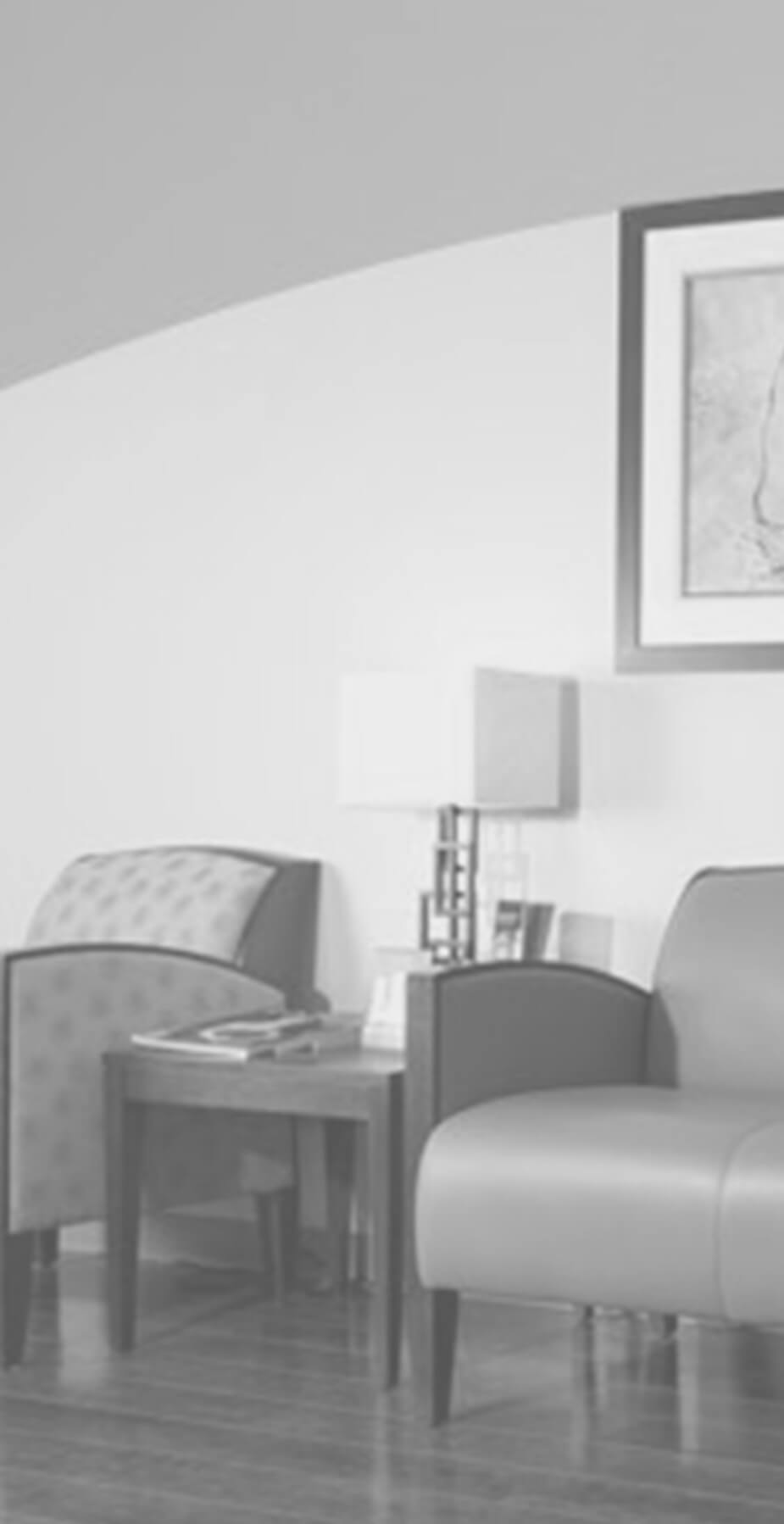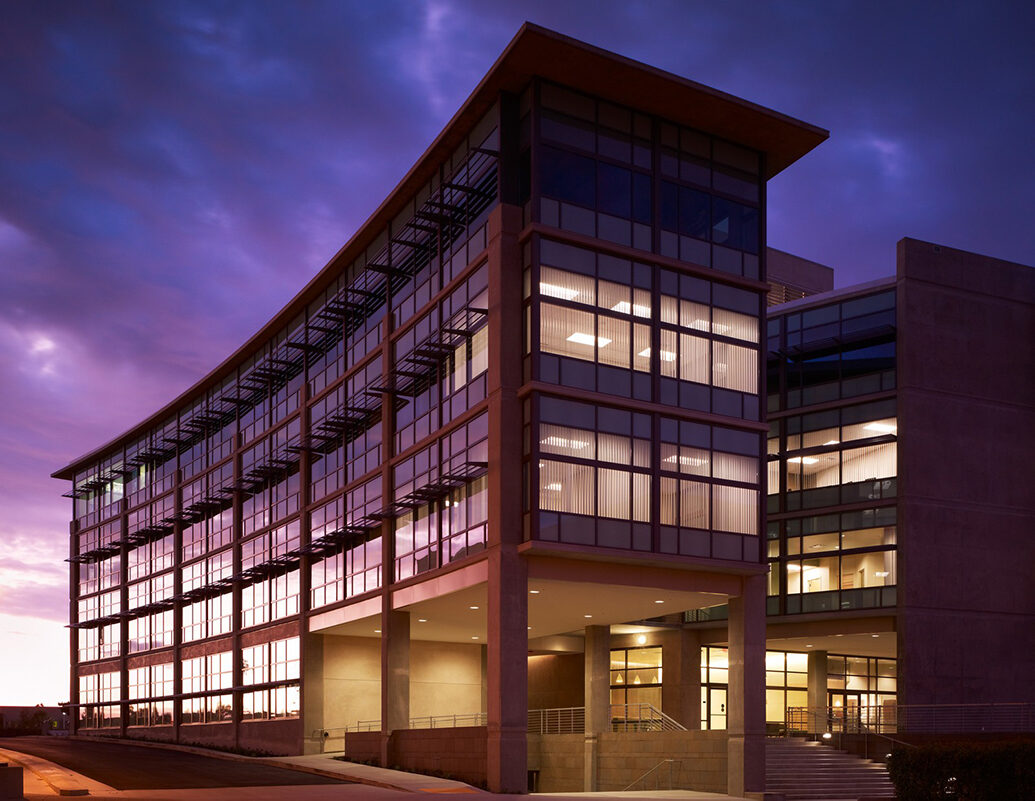
The nose, a central feature of our facial structure, significantly influences our overall facial harmony. Disproportions or deformities in the nose, whether congenital, resulting from trauma, or simply due to aesthetic concerns, can significantly impact one’s self-perception and functionality of the nasal structure. Rhinoplasty is a surgical intervention aimed at modifying the size, shape, and functionality of the nose to enhance facial balance and preserve or improve nasal breathing.
For individuals in Southern California contemplating rhinoplasty, it is imperative to understand the procedure’s scope, candidacy, and potential benefits.
Understanding Nasal Reshaping and Candidacy
Rhinoplasty, primarily perceived as a cosmetic procedure, also encompasses critical functional aspects. It addresses breathing impairments arising from structural anomalies within the nasal anatomy. Ideal candidates include individuals seeking correction for trauma-induced deformities or those aspiring for improved nasal symmetry and proportionality with other facial features.
Diverse Nasal Deformities and Correction Techniques
At UCI Plastic Surgery, we encounter a spectrum of nasal deformities, each requiring a tailored approach to achieve desired symmetry and proportionality. Common nasal issues addressed include dorsal hump deformities, disproportionate nasal widths, bulbous nasal tips, deviated septums, saddle nose deformities, and age-related nasal changes.
The Multifaceted Benefits of Rhinoplasty
Rhinoplasty extends beyond aesthetic enhancements to improve self-confidence and address long-standing concerns about nasal appearance. Key benefits include resizing and reshaping of the nose, refinement of the nostrils, correction of the nasal bridge, enhancement of facial balance, and rectification of functional issues like deviated septums and breathing difficulties.
Rhinoplasty’s Dual Role: Aesthetic and Functional Enhancement
Contrary to common perception, rhinoplasty is not exclusively cosmetic. It effectively combines aesthetic and functional improvements, addressing both the external appearance and internal structural issues that may impair breathing.
Functional nasal surgery encompasses a range of procedures designed to correct structural issues within the nose that affect breathing. These procedures are primarily aimed at improving the function of the nose rather than its appearance, though some can have cosmetic implications as well. The most common functional nasal surgeries include:
Septoplasty: This is a corrective surgical procedure to straighten the nasal septum, the partition between the two nasal cavities. It’s often performed to correct a deviated. septum, which can obstruct airflow and cause breathing difficulties.
Turbinate Reduction: Turbinates are structures within the nose that humidify and filter air as it passes through the nasal passages. They can become enlarged due to allergies, chronic sinusitis, or other factors, leading to nasal obstruction. Turbinate reduction surgery reduces their size to improve airflow.
Nasal Valve Repair: The nasal valve is the narrowest part of the nasal airway and can be a site of airflow obstruction. Surgical repair of the nasal valve can help improve breathing for those with a collapsed or narrowed valve.
Nasal Fracture Repair: Surgical intervention may be necessary to correct a broken nose, particularly if the break is causing obstruction or difficulty breathing.
Cleft Palate and Cleft Lip Repair: These congenital defects can affect the nose and lead to breathing difficulties. Surgical repair can improve both function and appearance. Each of these procedures addresses specific functional issues within the nasal anatomy. The choice of procedure depends on the individual’s specific condition and needs and can be done at the same time, often referred to as a “functional and cosmetic rhinoplasty”.
Ideal Candidates for Rhinoplasty
Candidates best suited for rhinoplasty are those who feel self-conscious about their nasal appearance, whether due to aging, congenital deformities, or other factors. Optimal health, non-smoking status, and realistic expectations are prerequisites for candidacy.
Selecting a Qualified Surgeon for Nasal Reshaping
Choosing the right surgeon is paramount. Candidates should seek a facial reconstruction specialist with extensive experience, qualifications, and a compassionate approach. At UCI Plastic Surgery, our focus during consultations is to understand and achieve each patient’s unique goals, ensuring natural-looking results that complement other facial features.
The Longevity of Results after Rhinoplasty
Nasal reshaping offers generally permanent outcomes, as it involves structural modifications at the tissue and bone level.
For those considering rhinoplasty to enhance aesthetics or correct functional issues, we invite you to schedule a consultation with our leading plastic and reconstructive surgeons at UCI Plastic Surgery for personalized guidance and expert care.
 UCI Plastic Surgery
UCI Plastic Surgery
